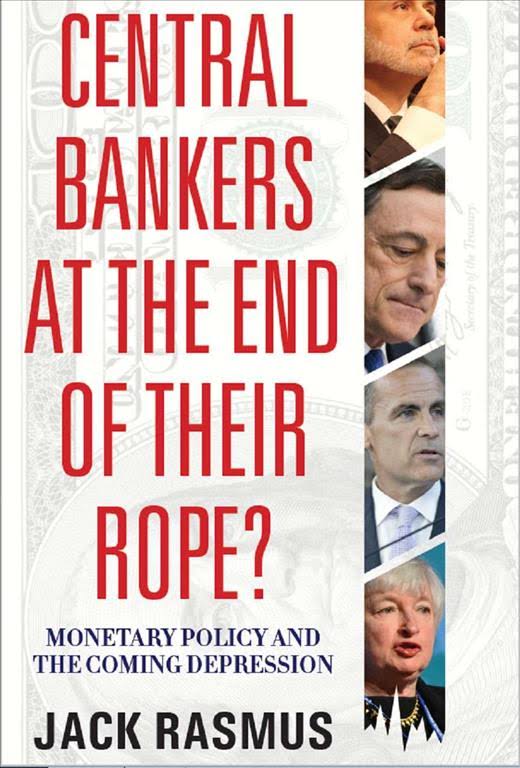|
Here’s a thought on the financial asset bubbles and Bitcoin-Exchange Traded Funds toxic derivatives today in historical context to 2008 events:
Is Bitcoin the new ‘Subprime Mortgage Bomb’? Just as subprime mortgage bonds precipitated a crash in the derivative, Credit Default Swaps (CDS), at the giant insurance company, AIG, in September 2008, setting off the global financial crash that year—will the Bitcoin and crypto-currency bubble precipitate a collapse in the new derivative, Exchange Traded Funds (ETFs) in stock and bond markets in 2018-19, ushering in yet another general financial crisis?
 The US and global economy are approached the latter stages in the credit cycle, during which financial asset bubbles begin to appear and the real economy appears to be at peak performance (the calm before the storm). The US and global economy are approached the latter stages in the credit cycle, during which financial asset bubbles begin to appear and the real economy appears to be at peak performance (the calm before the storm).
This scenario was explained in my 2016 book, ‘Systemic Fragility in the Global Economy”, Clarity Press, 2016. And in my follow-on, just published August 2017 book, ‘Central Bankers at the End of Their Ropes: Monetary Policy and the Coming Depression’, Clarity Press, in which I predict should the Federal Reserve raise short term US interest rates another 1% in 2018 (1.25% now),that the rate hikes will set off a credit crash leading to Bitcoin, stock, and bond asset price bubbles bursting by late 2018.
Today, in testifying to Congress, outgoing Federal Reserve Chair, Janet Yellen, announced the Fed will raise interest rates today another 0.25%,bringing them to 1.5%, with three more raises in 2018. That will mean an additional 1% rate hike–and beyond the 2% threshold I predict that will set off another credit crunch a year from now. Recession 2019 is growing increasingly likely.
|